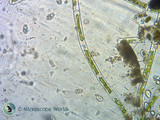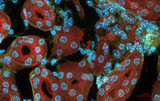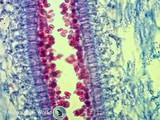Paramecium Microscope Project
Feb 8th 2018
Viewing paramecium under a microscope is a fun project for both kids and parents. Using a student biological microscope (also known as a compound microscope), you can grow some paramecium and watch as they swim around just like the video below.
In order to grow your paramecium, take a clean jar (an old peanut butter jar or jam jar will work) and fill it with some mud, a lot of grass and any hay y
…
Microscopes for Developmental Biology
Jan 23rd 2018
Developmental biology is the study of how organisms including plants and animals, grow and develop. This includes the biology of regeneration, metamorphosis, asexual reproduction, the growth and differentiation of stem cells in the adult organism as well as the genetic control of cell growth and differentiation to form tissues, organs and whole organisms. These organisms include C. elegans, Drosop
…
Microscopes for Reproductive Medicine
Nov 28th 2017
There are three types of reproductive medicine that use microscopes for fertility treatments in both humans and animals and each uses some different microscopy techniques. In all three reproduction techniques the eggs (ova) are removed from a female and fertilized outside of the female's body (in vitro) with sperm. Fertilized eggs (zygotes) are then implanted into the same or another female's uter
…
Mushrooms under the Microscope
Nov 26th 2017
Mushrooms, also known as fungi or toadstools, are the spore-bearing fruiting body of a fungus. The mushroom typically grows above ground or on top of its food source (on a log, or out the side of a mossy tree). A mushroom has a stem and a cap along with gills. The gills of the mushroom are often examined under a microscope to identify the mushroom classification.
The terms mushroom and toadstool d
…








